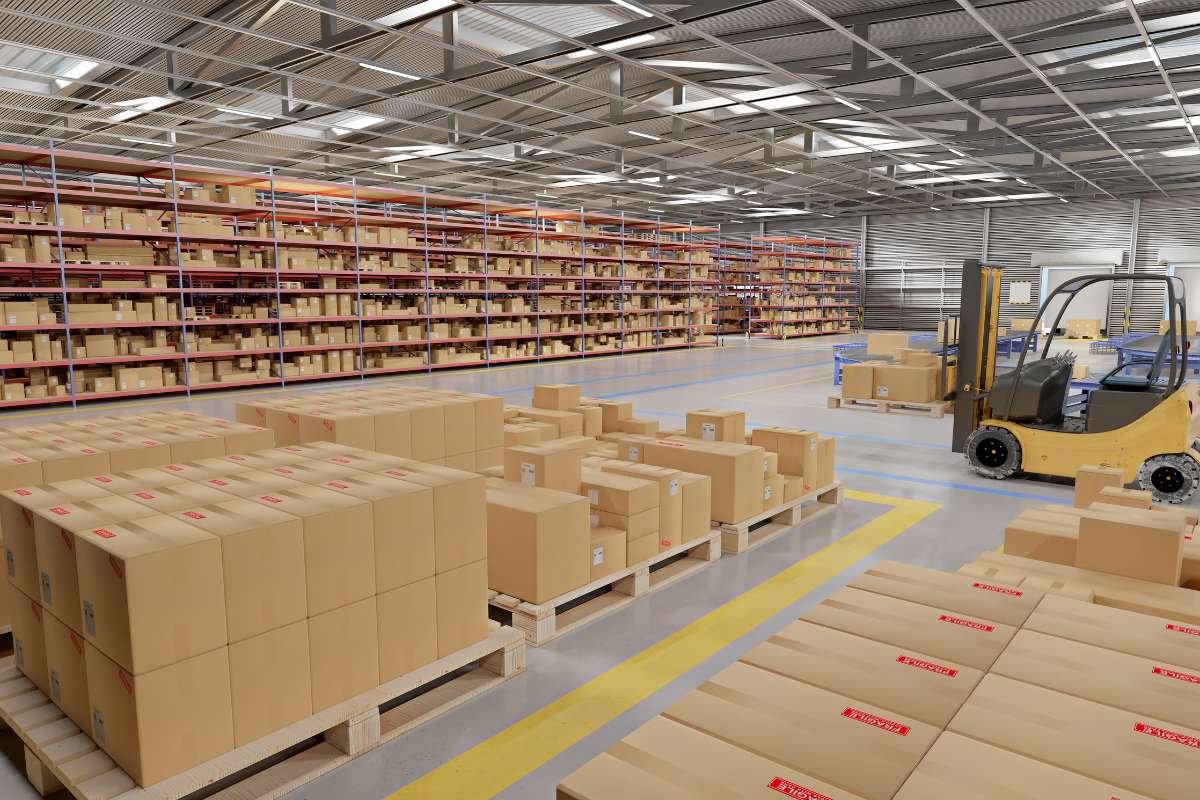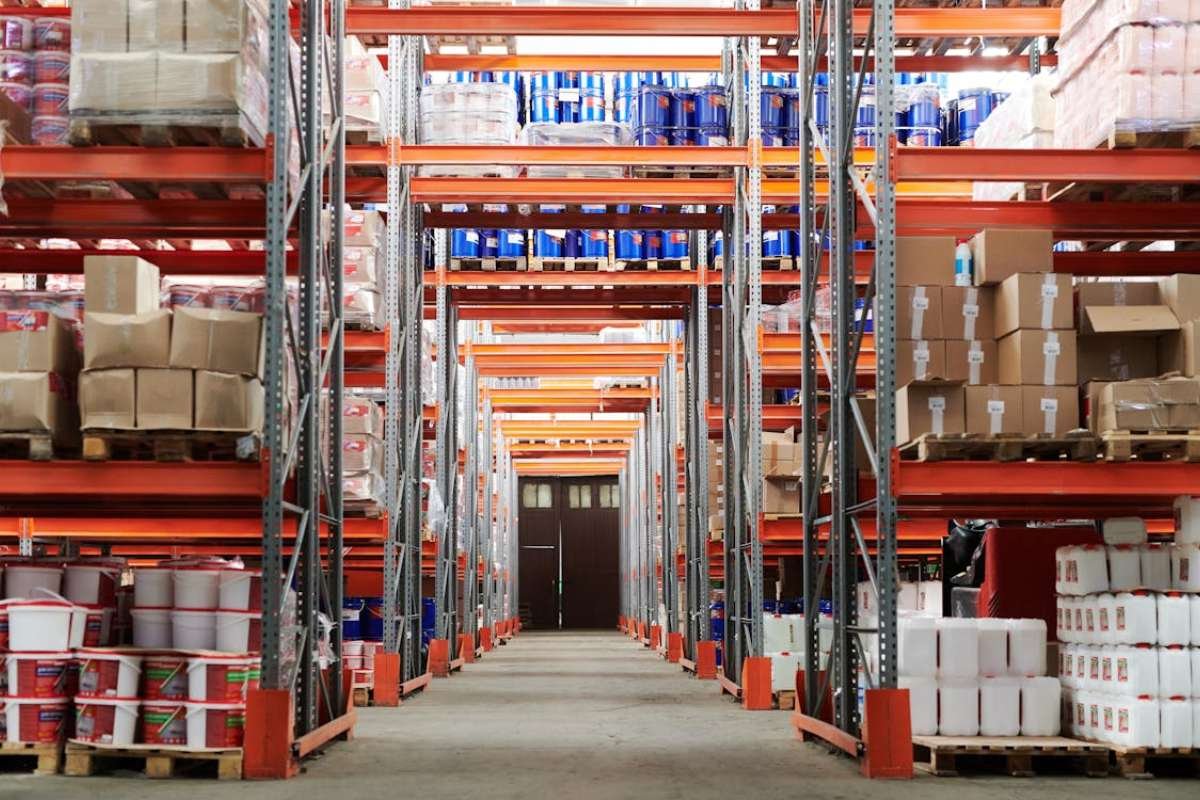Understanding the direct impact of supply chain efficiency on your business’s profitability is crucial. Neglecting to modernize and update your supply chain, a key component of supply chain optimization, can significantly affect your bottom line. It’s not just about providing a seamless experience for your business and its partnerships but also about enhancing customer service.
Surveys carried out by various sources in 2024 found that more than three-quarters of companies think they have the right capabilities to handle supply chain risk, while 30% of manufacturers feel that supply chain disruption is going to reduce to further help businesses, while McKinsey found that each one of the respondents in a survey they carried out experienced some form of supply chain disruption in the previous 12 months.
The results of multiple surveys indicate that several global factors are impacting the supply chain, from increased demand volatility to global events reinforcing the need for stronger supply chain reinforcements that can allow them to make improvements where needed easily.
If you want to improve and modernize your supply chain process and remove as much risk as possible, consider the following strategies, which could be worth implementing into your operations.
Here are five strategies for supply chain optimization:
1. EDI Solutions
EDI, or electronic data interchange, solutions can be powerful allies in reducing the risk of your supply chain and automating processes so you can operate seamlessly with those you do business with. By implementing EDI solutions, you can open up a world of possibilities, from reducing manual data entry to streamlining communication, paving the way for a more efficient and error-free supply chain. This can bring a sense of optimism about the potential improvements in your supply chain.
EDI Solutions eliminates the need for manual data entry, meaning everything is standardized and automated. This can reduce errors and help you improve communication so you can deliver the same data to all your partners.
Documents like purchase orders, invoices, and shipping notices, for example, are examples of communications that can be standardized in predefined data formats, allowing the information being sent to be understood by all involved parties.
It improves operations, accelerates processing, reduces costs, and supports transportation in the supply chain.
2. Improve Relationships
The relationships you build with your partners are at the core of supply chain optimization. Good communication is not just a key, it’s the key to implementing effective controls and efficiency, enabling you to better plan for changes or adjustments you need to make to ensure you can better plan for discrepancies or issues that might arise.

Ideally, you need to work with suppliers who are open to building positive, flexible relationships. You can rely on them to deliver standardized products or raw materials when you need them. Inconsistent quality, the inability to fulfill orders or meet demands, and ineffective communication from your partners will prevent your company from doing what it needs to do.
Talk to your partners, discuss your needs, be open and honest, and consider how you can build beneficial relationships with those you rely on so you can easily identify and overcome issues before they become too big of a concern.
3. Utilize Technology
While we might have discussed EDI solutions above, you can implement other types of software to help you streamline and modernize your supply chain. While EDI can help you improve standardization and remove manual data entry, other software can be beneficial depending on what you do and what you need.

Warehouse management software can help you to automate order processing and order management and uncover real-time inventory tracking, to name a few tasks it can perform.
IMS, on the other hand, is inventory management software. It can be integrated with WMS for improved visibility and can be instrumental in helping you avoid stockouts, blackouts, and overpaying on your carrying costs, i.e., holding too much stock.IMS can help you make more informed business decisions, such as inventory forecasting, so you can preempt your advanced orders before you need them, i.e., higher seasonal demands or Thanksgiving Christmas.
4. Train Employees
Even though you’re looking to automate as much as you cna to achieve standardization, you still have the input of employees, and this is where training is vital. Your supply chain can only be as efficient as the people who manage it, and this means everyone, right from the order pickers to your logistics managers.

You need standardized operating procedures in place that everyone is working towards, and all employees need comprehensive training to ensure that they can operate as you need them to for maximum results and efficiency. Talking to your long-term employees about how they think you can move will give you even more insight into what everyone needs to know or could be doing better.
5. Review, Adapt, Improve
When it comes to supply chain optimization, it is not a one-time task. As the world changes, suppliers evolve, your business needs change, and so too will your supply chain requirements. You need to be proactive in ensuring you regularly monitor what you do and analyze if this is the best approach.
You need to be constantly reviewing your warehouse inventory management techniques and procedures to ensure they are working as you need them to, you are missing any issues or problems caused by changes you make, and to see if you need to adopt what you’re doing to make it even better. Talk to those involved with your supply chain and logistics, bring in your vendors to assist in integrating your operations to meet theirs for less friction and support what eahc other does.
Essentially, the modernization and improvement of your supply chain and logistics need to be something you are continuously working on to ensure that no loss of functionality and productivity was sustained during previous changes and to tweak anything that sent working to enable you to eliminate waste and promo practices that cna be impacting operations.
Transparency, improved communication standards, and automation are at the heart of supply chain optimization, ensuring it is on top of all these aspects and your business can easily accommodate what needs to be done without dropping the ball is vital to help you keep moving forward.









